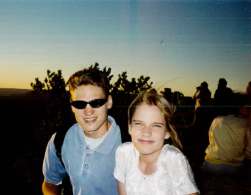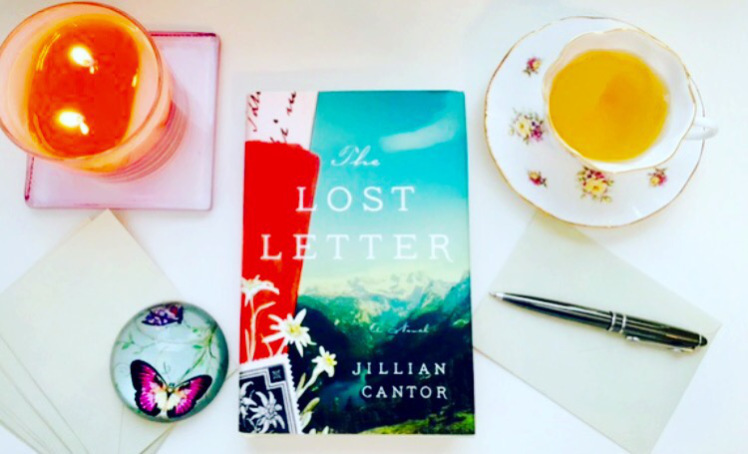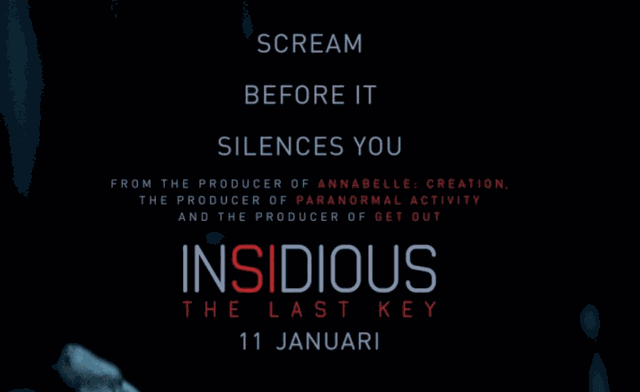 Come for the scenery, stay for the characters.
Come for the scenery, stay for the characters.
Christine Carbo’s setting for her three books to date—The Wild Inside, Mortal Fall, and the new one, The Weight of the Night—is Montana’s Glacier National Park. Against the rocky-snowy backdrop, she has conjured an ensemble cast of characters who drive rich, complex, and character-driven stories.
In The Weight of the Night, Carbo’s tag-team co-protagonists are forensic expert Gretchen Larson and park police officer Monty Harris. Both are wracked by guilt from nightmarish incidents from their youth.
Gretchen suffers from parasomnia, a severe form of intense sleepwalking. During one of her unconscious sojourns when she was growing up in Norway, she committed a brutal act of violence. She was fifteen years old. All her other sleepwalking incidents had been “fairly innocuous.” Except for this one horror. In fact, she earns the media nickname, “Nightmare Girl.”
For Monty, it was the disappearance of a childhood friend. Monty may have been the last person to see his friend Nathan disappear into the dark forest. Monty was twelve.
Gretchen showed up as a minor character in both The Wild Inside and Mortal Fall. Monty played a side role in The Wild Inside and was featured heavily in Mortal Fall. In her third fictional trek, Gretchen and Monty are front and center. (Sure, read the earlier two but The Weight of Night is easily read as a standalone.)
Carbo alternates Monty and Gretchen in each chapter as they circle two troubling cases—and each other. The first case is a disappearance of a teenage boy. The second is prompted by the discovery of a shallow grave, and human remains, uncovered as firefighters battled a wildfire that is causing alarm and prompting evacuations. Gretchen examines the details at the informal grave: “I could see the skull, slightly tilted to the left as if it was keeping an eye on the ridge, waiting to see if the fire could be controlled.” A metal detector turns up a belt buckle. That’s all.
Carbo gives honest narrative. Both Gretchen and Monty are told in first-person and Carbo dives equally deep into each point of view. Gretchen is aware of the incidents that haunt Monty. Monty is clueless to what weight Gretchen is dragging around. He only knows she doesn’t want to get too close. “Not that she ever said it directly—I could just tell by the precise and utilitarian way she treated me, treated everyone around her, for that matter. She had a lot of boundaries for reasons I didn’t understand but ultimately accepted.”
Monty knows about “emotional burial.” But “damn if I wasn’t curious,” he thinks.
So are we.
Gretchen’s deep, troubled world view is palpable. Once we know her inner landscape, we know how her past imbues every exchange and thought as she moves forward on the case. There is no short-changing here. The parasomnia bit is no gimmick. Gretchen’s dread is 24-7. She wears the incident like a “cloak of guilt.” Except, of course, when she sleeps—and does everything to protect herself, including sleeping inside a sleeping bag with mittens and various tricks to prevent her from finding an easy way out to civilization should an episode occur.
Monty is haunted, too. Yes, there are things he could have done to perhaps prevent Nathan from vanishing. Such as, follow Nathan. But Monty’s woes are more generalized. All he must do is avoid doing the same thing again, including being a 12-year-old. Monty is plenty aware of his emotional baggage, but it’s Gretchen’s sleep cycle (and the condition she does not want publicized) that makes us nervous. Still, both are keenly self-aware of their emotional DNA.
As the case moves forward, Gretchen approaches clues via the elemental details. In a land of tracking and wide-open vistas, it’s a man-made bit of fiber that puts her on the right trail. Threads. Monty has more of the standard police work to do—interviews and theorizing, trying to come up with scenarios. Both Monty and Gretchen encounter the rugged, raw citizens of Montana that Carbo has portrayed before. Government distrust runs deep.
As the fire roars, Gretchen and Monty find themselves in increasingly close orbit and Gretchen, laying down to rest in an unfamiliar spot after an arduous day, unwittingly gives Monty a harrowing glimpse of the power of parasomnia. When you think Carbo might take a trip down romance road, you breathe easy knowing the writer isn’t looking for a cheap thrill or a cliché entanglement. And then Gretchen finds herself in a dire spot and the only way out is to do precisely the thing that both her unconscious and fully-awake self would never contemplate again—that is, injecting fear in another human being. (I know that’s not a spoiler, you’ll be too carried along by the story and depth of character to feel cheated by that little give-away.)
Will these cases help Monty and Gretchen better understand? Or cope? Or see a future? A way forward? Is it enough to merely survive?
Carbo leaves us with the characters—two very real human beings finding their way in the world and still struggling with the weight of life and their pasts—and some crackling good questions that resonate down deep in our bones.
++
Final note: I listened on audio and the reading by Sarah Mollo-Christensen (Gretchen) and R.C. Bray (Monty) were knockout. Sarah in particular used a breathy, thoughtful cadence inflected with a Norwegian accent that brought the brooding to life in terrific fashion.
++
 Previous review of Mortal Fall (with Q & A with Christine Carbo).
Previous review of Mortal Fall (with Q & A with Christine Carbo).
 Previous review of The Wild Inside.
Previous review of The Wild Inside.





